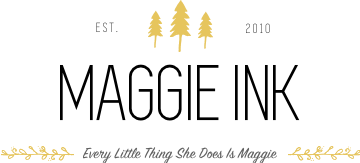Because my life includes a number of educators — like my dad, sister, husband and multiple friends — I’ve been trying to get inside as many classrooms as possible during this trip.
That included a primary school in the heart of Soweto — the South Western Townships of Johannesburg, South Africa. The visit was arranged by our host and her friend, a representative for Discovery Channel’s global education project.

You’ve probably heard of Soweto before, because it was where many blacks were forced to live during apartheid. It’s also where Mandela lived before and after going to prison.
In 1976, the townships gained worldwide attention during the Soweto student uprising, a series of protests that became a turning point in tearing down the oppressive apartheid regime.
The protests were in response to the National Party government, which tried to force all schools to teach lessons in Afrikaans instead of English. In a country with 11 official languages, where most kids and teachers didn’t speak Afrikaans, this was yet another way to withhold education and opportunities from black citizens.
So thousands of students took to the streets in peaceful protest. The police opened fire and killed 23 youth. That inspired riots, which eventually resulted in 566 deaths.

With the violence in the past, Soweto is an exciting and unusual mix of shanties and glittery mansions, potholes and newly paved roads, artists and former political prisoners.

At the school we visited, the children receive lessons via a Discovery Channel global project that gives them books, lesson plans, videos and other equipment they otherwise wouldn’t have.
Like other kids in South Africa, they go to school from 8 a.m. to 2 p.m., Monday through Friday, January through early December . All of the students at this school are black, which is reflective of Soweto’s demographics. About half of the kids spoke Zulu better than English, so the teacher spoke to the students in a mixture of both languages.

Inside the third-grade classroom we visited, the kids prepared a special presentation called “South Africa: My Country.”

The kids then performed a couple songs and some traditional dances. They colored the South African flag, put together a South African map and wrote words to describe their country, like “desert,” “mountains” and “animals.”
Most of the students were extremely shy, though a couple of them asked questions about me. Like, why do you talk like the people on TV?

One little wisp of a girl stood up and recited a speech she wrote about what it means to be South African. Her face was earnest as she said, “Just because you come from a township, it doesn’t mean you have bad behavior.”
It made me tear up.

Altogether, it was a visit that ended far too early — but proved that students are often the best teachers.
























